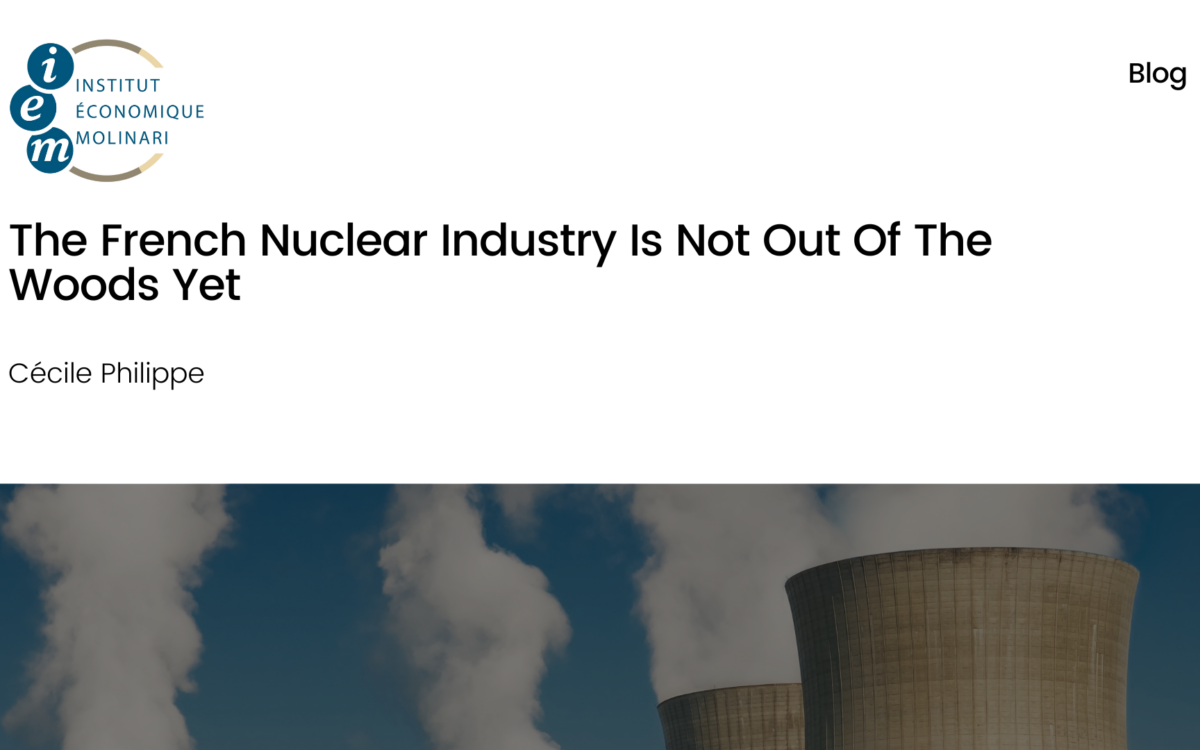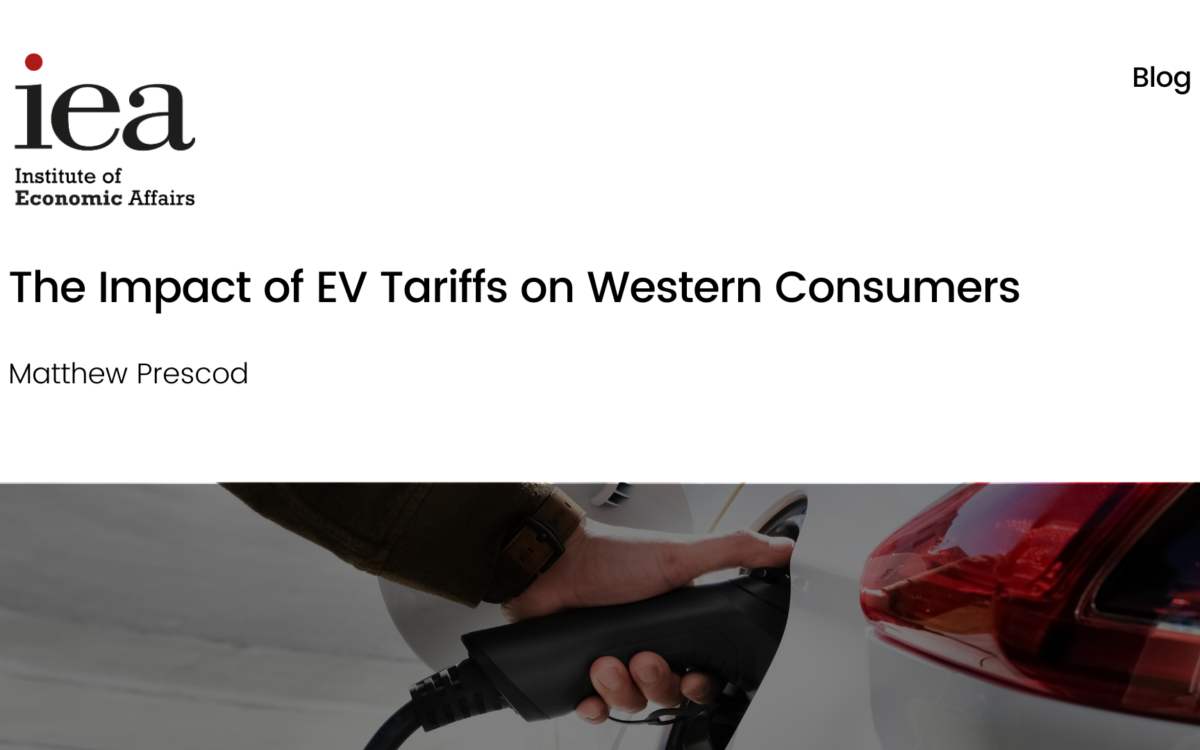How to Promote Climate Anxiety

How to Promote Climate Anxiety
Radovan Durana // 26 March 2024
Reporting on the development and impacts of climate change is often one-sided in the media. All the new ‘bad’ records broken are given a lot of attention, as we all know that last year was the warmest in the history of measurements. Less attention is paid to the opposite records that were broken and to gradual adaptations that distort the overall view of the impacts of global warming. The media does not inform you, for example, that according to the United Nations Food and Agriculture Organization (FAO), this year, the world is estimated to generate the highest grain harvest in history. Perhaps you haven’t caught the news that despite rising sea levels, the extent of land is not decreasing; in fact, it’s still increasing, thanks to the sediments deposited by rivers.
In addition to the disparity in climate reporting, the context in which news is presented is often overlooked. For instance, consider an article published by the Euractiv portal with the title, ‘While Poland Is Radically Changing Its Climate Policy, Slovakia Refuses to Yield to “Green Ideology”’. The article informs us that the newly formed Polish government aims to set a target of reducing emissions by 90 per cent by the year 2040. Let us now set aside the fact that it is one thing to set a target and another to achieve it. Who else besides Poland should be considering a radical change of course?
Poland’s per capita CO2 emissions were higher in 2022 than in 2002. I did not choose this year for comparison at random. Back then, emissions per Pole were the same as per Slovak. But since then, Slovak emissions have fallen by 22 per cent. Over these 20 years, the cumulative emissions of a Pole were five times higher than the current annual emissions of a Slovak. Not surprisingly, Poland has the highest emissions due to electricity generation in the EU.
Thus, it does not make sense to compare the ambition levels of the emission reduction targets set by Slovakia and Poland. The authors of the text know very well that Slovakia’s emissions have been falling for a long time, and that with the end of lignite mining at Horna Nitra this year and the opening of the next reactor at the Mochovce Nuclear Power Plant, they will fall significantly again. Poland, on the other hand, will be dependent on coal for at least another ten years and will not yet have its first nuclear power plant in that time. Slovakia’s lower emissions are due to considerable investments in new energy sources and in increasing the efficiency of industrial production.In their article, the authors seem to be attempting to create the expectation that the optimal policy for reducing emissions is a ‘radical’ reduction, regardless of the current level of emissions or the share of the country’s industrial production. They give the impression that if Slovakia’s emissions reduction plan is not ‘radical’ enough, it is not ‘climate-friendly’. There are certainly more than a few such articles in the Slovak media. I am not a psychologist, but this is how I would imagine a communication strategy to create anxiety operates.
The European Commission seems to have decided to ‘contribute’ to the climate anxiety in Slovakia by mandating that the country increase the targets it has set under the National Energy and Climate Plan (NECP), as part of which the last government had proposed to increase the share of renewable energy sources to 23 per cent. Instead, the European Commission requires member states to meet the targets set under the REpowerEU plan, which defines targets for each country.
These targets were created under time pressure: the Commission increased the target from 40 per cent to 45 per cent during the year. All of this was taking place against the backdrop of the COVID-19 pandemic and the energy crisis – a time when national politicians were particularly curious about how much money they could get from the EU budget to put out domestic crises. Slovak politicians, intoxicated by the magic of compromise, eventually agreed to a minimum(!) of 35 per cent by 2030.
Note that we are not talking about the share of renewable energy sources (RES) in electricity generation, but about the share of RES in final energy consumption. Everything is included in this category, including petroleum fuels and natural gas.
In 2021, the share of renewables in total energy consumption was 17.4 per cent. Does the Commission, and some Slovak politicians) seriously think that we can double this figure in seven years? The share of all electricity from hydropower is only 2.7 per cent of the gross domestic energy consumption. To illustrate, we would need about seven more Gabčíkovo hydropower plants to meet the EU’s targets. Or we would need to install hundreds of thousands of heat pumps to reduce gas consumption by a quarter and replace half of our internal combustion cars with electric ones to boot (actually, this would not help much, as electric vehicles would be powered mostly by nuclear, not renewable, electricity). That’s beyond the realm of dreams. Nor is there anyone physically able to do it. Only one country in the EU, Sweden, has managed to increase the share of RES by more than 10 per cent in the last seven years, taking it up 13 per cent. The Commission expects Slovakia to increase its RES share by up to 17 per cent.
The current target of 23 per cent represents €5.3 billion worth of investments, according to this National Plan, and these investments include low-hanging fruit – in other words, projects that we can implement and with high efficiency. Each additional percentage of RES share will be more challenging to achieve. The Commission and irresponsible Slovak politicians probably imagine that somewhere in state and private coffers there is another €10–15 billion that we will use to finance new RES. Even if they did exist, these resources would be desperately missed in other sectors of the economy.
In this context, it is understandable if Slovak leaders are reserved in their pursuit of extremely ambitious targets. Nor will they be alone in this. In late December 2023, the European Commission conducted a review of the ‘ambition’ of national RES share targets, as shown in Table 1:

It is not only Slovakia that is expected to double its share of RES. Several countries have not yet presented their updated NECP, but most have. In this assessment, 15 countries do not meet the target – and by a significant margin of more than four percentage points. The question of what follows, and how the European Commission will address this conflict between noble ambitions and costly reality, looms ahead.
However, not aiming for ‘bolder’ targets does not mean that efforts cannot be made to tackle the problem. However, this is dependent on tidying up one’s own backyard first. It is state regulation (the Environmental Impact Assessment law and the state’s inability to meet its own deadlines in that law) that is holding back private investment in RES.
Communicating climate issues in an alarmist tone while setting inadequate targets can backfire. On the one hand, I get it – global warming is a creeping problem that easily disappears in the noise of over-rotated traffic lights (cf. the recent road accident of Slovak parliament speaker). But too much alarmist shouting can not only cause real anxiety but eventually bring about fatigue and apathy (think of the fate of COVID-19 messaging). And if the latter is coupled with high household costs, it can eventually end in resistance and rejection, as we are now seeing in strikes across Europe.
The original blog was posted by INESS. Translated by Grace Fortune and Scott Bartram.
EPICENTER publications and contributions from our member think tanks are designed to promote the discussion of economic issues and the role of markets in solving economic and social problems. As with all EPICENTER publications, the views expressed here are those of the author and not EPICENTER or its member think tanks (which have no corporate view).



